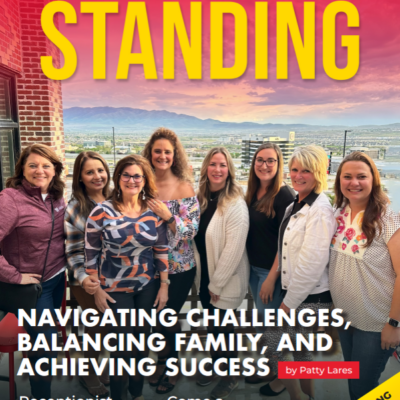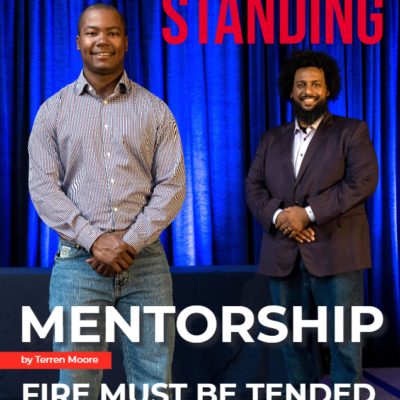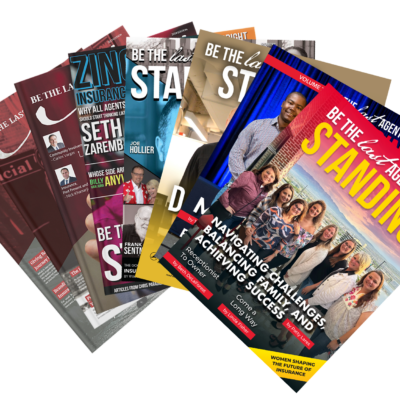Visual content is certainly very trendy in today’s times – see the meteoric rise in infographics and the social engagement with images as proof. Yet the need for content that appeals on a visual level and presents information in a more engaging format than text goes far beyond what is fun and or “cool” to create. In creating curriculum and learning materials for insurance professionals, I learned just how important visuals are in meeting the needs of different types of learners (especially in todays times where everyone is like me, massive ADD). This is too often a missing piece in the marketing mindset; we focus on what we want people to do, and the action we want them to take. We think of learning styles in terms of learning disabilities, yet the ways in which every person on the planet takes in information should be a major concern for marketers, whose express purpose is to get people to take in information and accept it. With social media and content marketing, learning styles play a huge role in helping agents understand what and how they should be putting their social media strategy together. Through your agencies content, you should be inspiring, engaging, and entertaining. What you are doing though, at the very basic level, is teaching and educating your clients with the visual content. You want your audience, which is your prospect and or client, to understand the information you are sharing in the world of social. You want to influence their decisions. Empowered consumers seek out information/education to help them make the most informed decisions, often considering multiple sources in today’s times. Now it’s to pair the customer insight with what we know about how people learn: the majority of people are visual learners (more today than ever), either primarily or in combination with other styles. You’ll see a range of stats on the % of learners in each group, though 30 percent are visual, 25 percent are auditory, 15 percent are kinesthetic, and 30 percent mixed learning styles are commonly accepted figures. These are 3 major styles of learning, and though one person may use a combination of styles to take in information, we all lean towards one of these as a primary preference.
Auditory learners— consume and retain information best by listening, often through repetitive information. Podcasting is a good way to connect with auditory learners. Is this you? If so you and your agency may want to produce podcasts for educational reasons for prospects and or clients.
Kinesthetic learners— best retain information that they discover through touching and or feeling and experiencing the material. You might think there is no real “touch” in digital information, but yet this is where interactive games and touchscreens are an important tool. This is much harder for an agent to help get prospects. This is certainly not me is this your learning style?
Visual Learners— (The reason I have talked about all this and integrated it with insurance is because of the importance of Visual learners) they are the largest portion out there. How can we agents get out there in the world of Google and Social to grasp visual learners into our agency? The key to identify them and then attack them with charts, infographics, videos, video demonstrations, comics, comic books, e-books, visual e-books with animation, etc. If you go after this approach, your acknowledging this unique learning style, and then tailoring this information for them to digest what your message is.
Examples of visual content marketing are:
The next type of visual content is a little different; it is in the form of video. Remember YouTube is very important part of your marketing strategy along with great visuals
As you plan your visual content, think hard on the “why”, not so much “what” you want to tell people. What is your agencies message? What do they want you to show them, to help them or educate them? Make an informed decision and stay connected with your brand. You absolutely must understand what your audience needs you to show them in order to engage and convert, especially when they are bombarded with imagery (visual content) on a daily basis. This insight and customer-centric perspective will help drive your visual content strategy and you will never run out of creative stories that come into your insurance agency to share with compelling content. Visual content helps tell your stories and allows sharing of the message. This strategy sounds easy, but with out a thought out process and an end result, what good is your story and how will your visuals help your agency? Growth is key, and the only way your marketing will succeed in today’s time is with great visual content marketing. Remember, visual content marketing is the new King in the world of social media. Happy Marketing!






